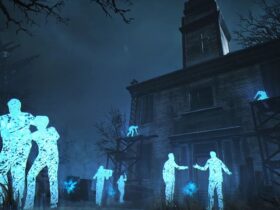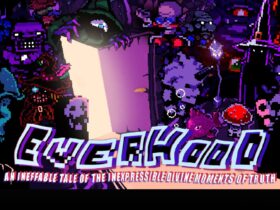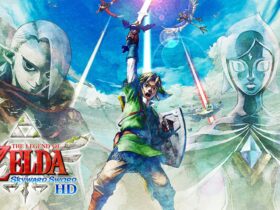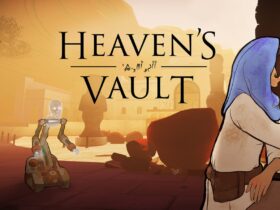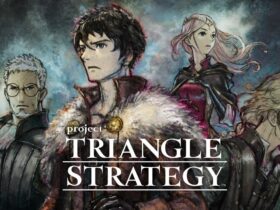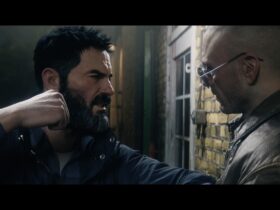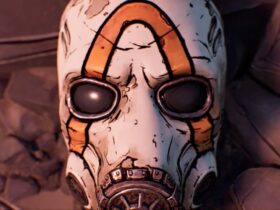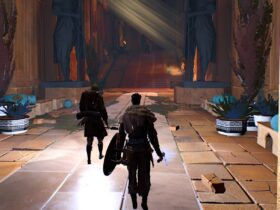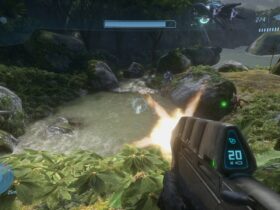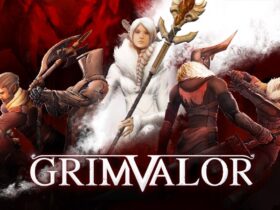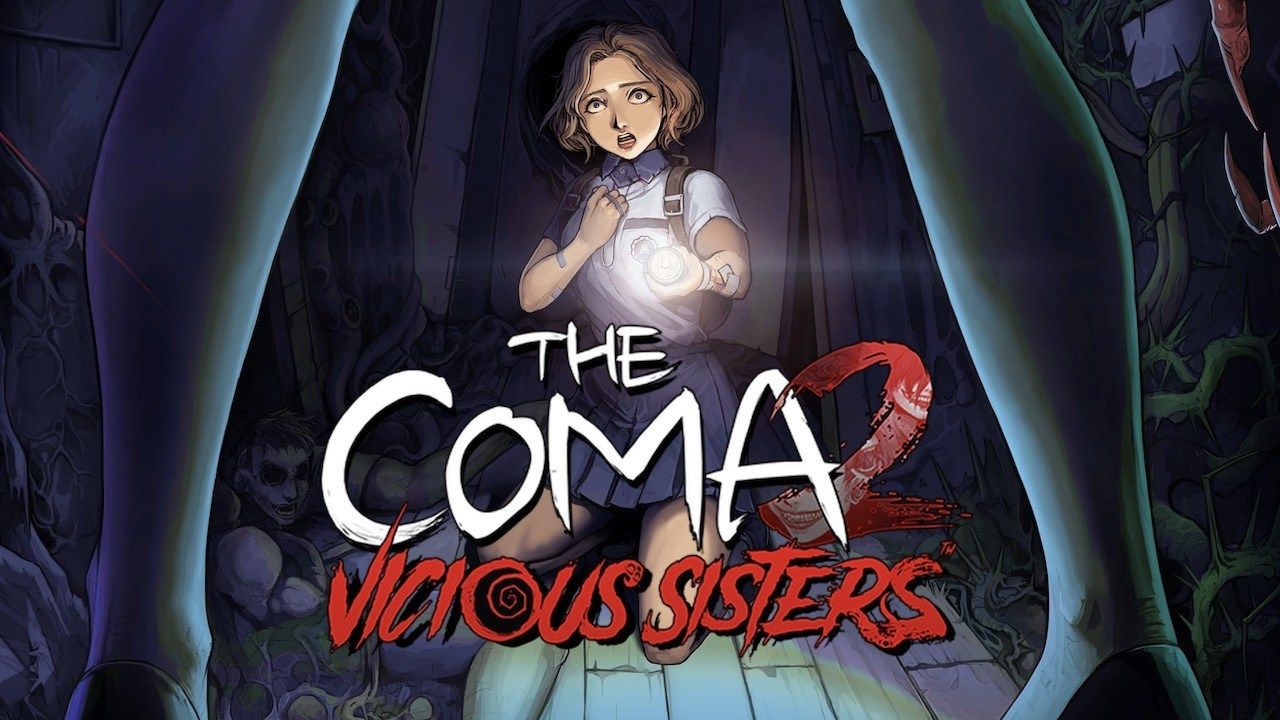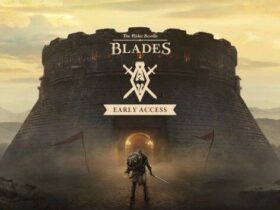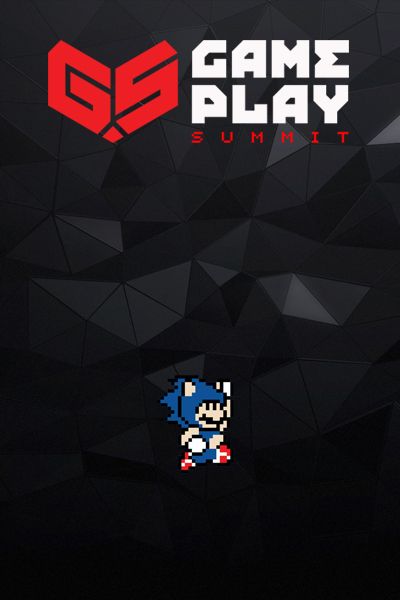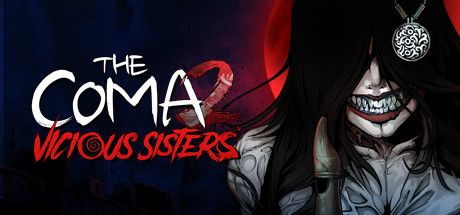
The Coma 2: Vicious Sisters is a horror side-scroller that was developed by Devespresso Games. Although it falls short on providing consistently interesting gameplay, for those who like horror video games, it might be worth checking out.
The game follows Mina Park, a high-school student whose best friend recently fell into a coma without any apparent cause. One night, late at school, after touching a mysterious relic, Mina is “transported” into “the Coma.” It turns out that “the Coma” is an alternate universe, a kind of shadow realm full of spirits and Lovecraftian tentacles that parallels the real world.
Throughout the game, Mina tries her best to avoid and outsmart one of the Vicious Sisters, a demon in high heels who really, really wants to kill her. Mina runs away, hides in closets, sprays her with mace, and sometimes finds more creative solutions to survive throughout the course of the game.
While the original language of the game is Korean and all voice acting is Korean-only, the game’s text is translated into English. I don’t understand Korean, but the localization is well done and I never felt that the experience of the game was diminished by the language barrier.
The Good Stuff
I was instantly drawn in by the unique art style, which was inspired by contemporary manhwa (Korean comic books). Each cutscene in the story is presented in comic book style, though fully voiced by all characters in the scene.
In general, I enjoyed the music. The game opens with a song that features piano, synth, and a chill drumbeat. The song especially stands out as compared to the atmospheric music featured in the rest of the game. I think the star hit of the soundtrack is “Dokkaebi Magick,” which plays when Mina enters the apothecary shop. The short symphonic song opens with a solo from an Asian stringed instrument (perhaps a gayageum) and is carried through with piano, more strings, woodwinds, and horns.
The game is split into 5 or 6 different acts. Each act generally involves Mina escaping from one area to another, with the Vicious Sister in hot pursuit. An interesting mechanic of the game is that you can be either “prepared” or “unprepared” at the end of each act, depending on your actions during that act (and the extent to which you explored the area). The cutscenes change to reflect this status.
If Mina is unprepared, she’ll receive permanent damage, which lowers her maximum health. But when prepared, Mina gets the drop on the Vicious Sister, and escapes unhurt. Mina’s in-game appearance also changes to reflect the amount of permanent damage she’s taken, which is a nice touch. This permanent damage mechanic is a good game idea, but is less valuable because of boring gameplay, pacing issues, and weak story points.
Fetch Quests
The gameplay focuses on creating a disturbing atmosphere and a feeling of tension, and it did this well for the most part, but after a few hours, the atmosphere begins to lose its appeal. The gameplay itself, without all the bells and whistles, is bland, and I didn’t feel like there was enough variety in what I was doing.
You spend a large part of the game searching for a way to get through or around locked and barricaded doors. This involves a lot of backtracking. Most of your time is spent hunting for shiny specks to interact with and fetching various items. By the end of the game, your inventory will be filled with keys and keycards.
At one point, a little more than halfway through the game, you have to solve a puzzle in order to start a generator. It wasn’t difficult, but it required some pattern recognition and the need to think carefully. I enjoyed solving it, but it came out of left field, as it was the first puzzle I had encountered after about six hours of playing. There were only one or two additional puzzles, later in the game. I think it would have given the gameplay more variety if there were more puzzles (and if they had started showing up earlier).
Quick time
In Coma 2, quick time events in the game prompt the player to press the up, down, right, or left arrow keys in random combinations. QTE are used for a wide range of scenarios in the game: holding your breath to remain undetected, looking for files, and even opening some doors. But they weren’t challenging and quickly became repetitive and uninteresting. I found it hard to connect the general execution test of QTE to the various things that Mina was doing in the game and this meant that I felt less immersed in the game.
Story
The story itself is driven by the same fetch quest logic as the gameplay. “Obtaining various things” often seemed like an arbitrary way to extend the length of the game, rather than a necessary detour.
For example, at one point, Mina is required to return to school simply because she “forgot her tram card.” After obtaining the card, she reaches the tram’s turnstiles only to realize that she forgot to load money onto her card. So, she goes to a machine to use some of the won coins that we’ve collected so far, but *oops* – it looks like the coin slot is blocked. I guess we’ll have to find paper money instead…
This is just one example of how contrived the game’s story feels. Mina spends most of her time retrieving items for other characters in the story, but as a player, it was hard to feel motivated to find these items.
Additionally, most of the characters introduced at the beginning of the story don’t show up again until at least half-way through the game. This makes the beginning of the story, when Mina is dealing with boy-trouble at school, feel irrelevant. None of the characters had very compelling personalities and none of them were likable, not even Mina.
Mina Park takes an exceedingly looooong time to become adjusted to her surroundings. She expresses frequent disbelief and confusion for much longer than is necessary. By the time she comes around and has the revelation that “the Coma really does exist,” the mystery is long over for the player. Then, sometime after her realization, she says, “I’ve ridden the subway at night before, but something feels off.” No duh, something is off… You’re in an alternate universe with tentacles growing like vines all over the place. You’ve seen over a dozen ghosts. How could something possibly not be off.
Add to all this a confusing, dissatisfying ending, and you have a noticeably weak story that could have been much better than it was.
I think I would have enjoyed the game a lot more if it required me to use my brain a bit more than I did, had a more gripping story to match its tense gameplay, and had implemented something more interesting to replace quick time events. But The Coma 2 is by no means a bad game. It’s atmosphere, art, and music are quite good. You might even love it if you love indie horror games. You can purchase this game on its Steam page for $14.99.
[penci_review]

